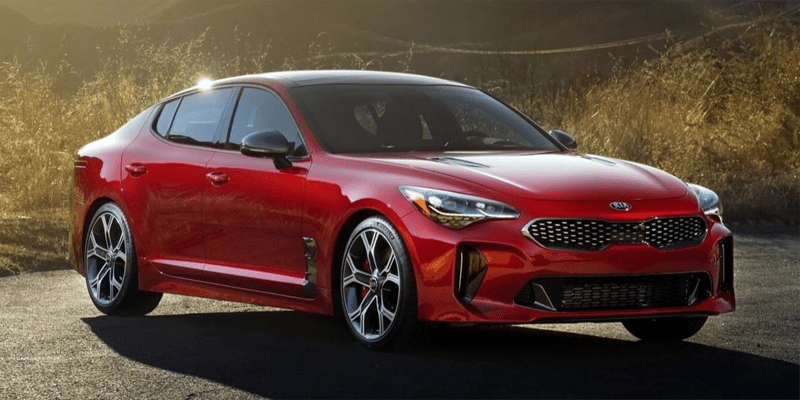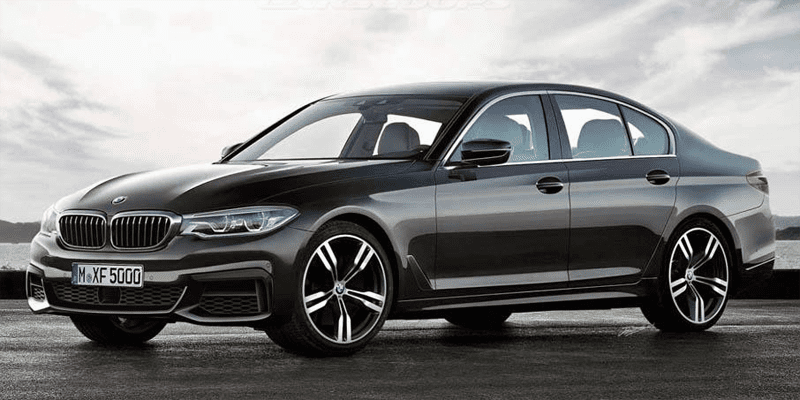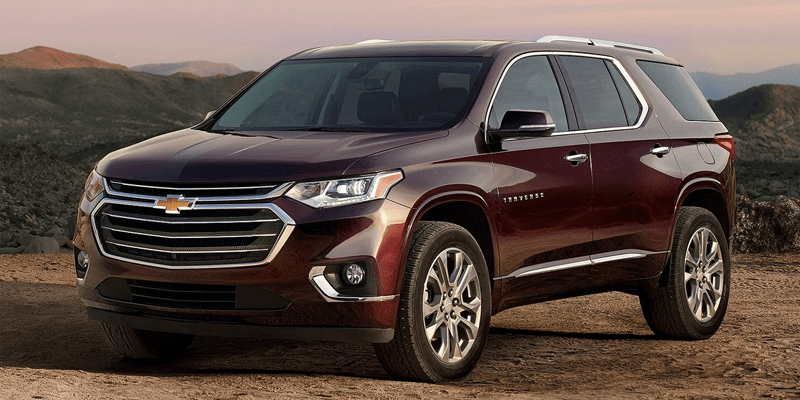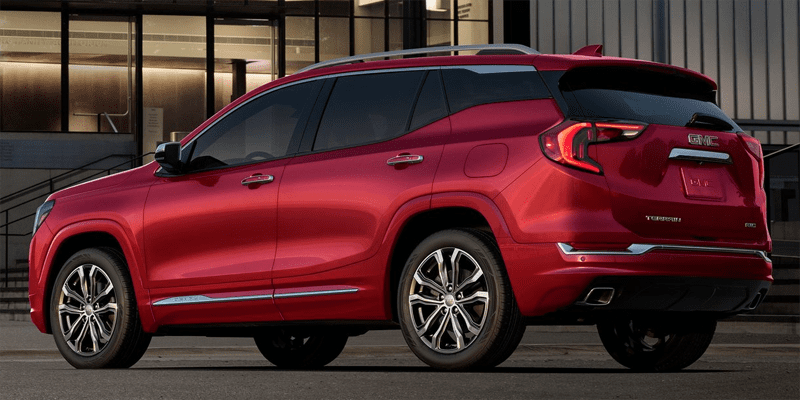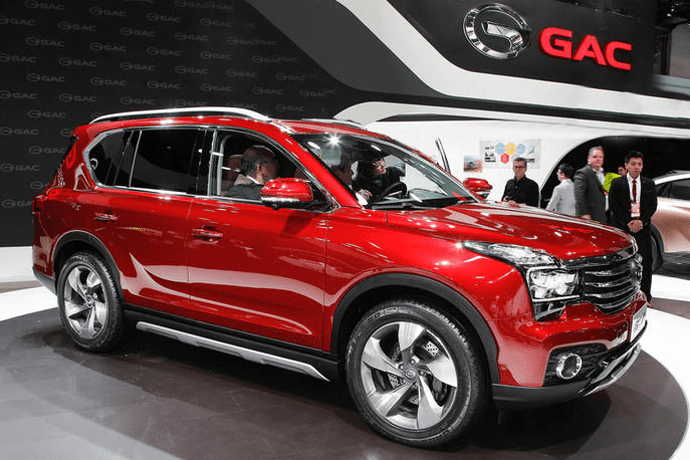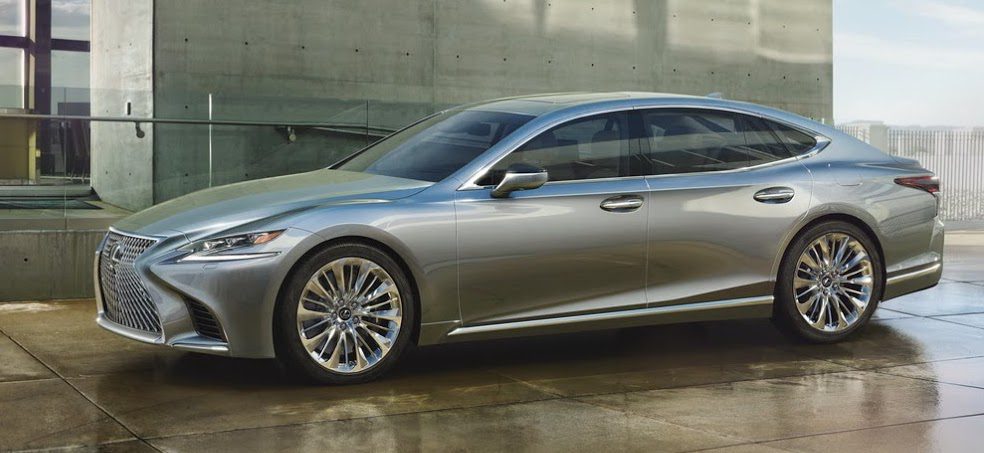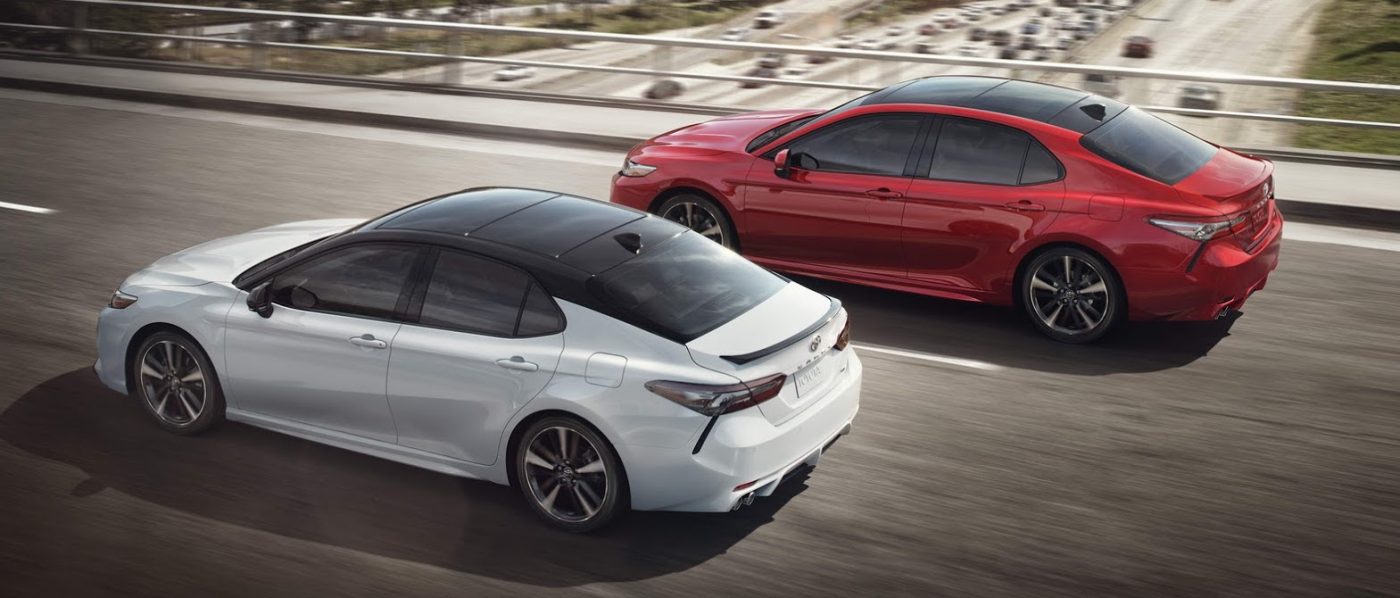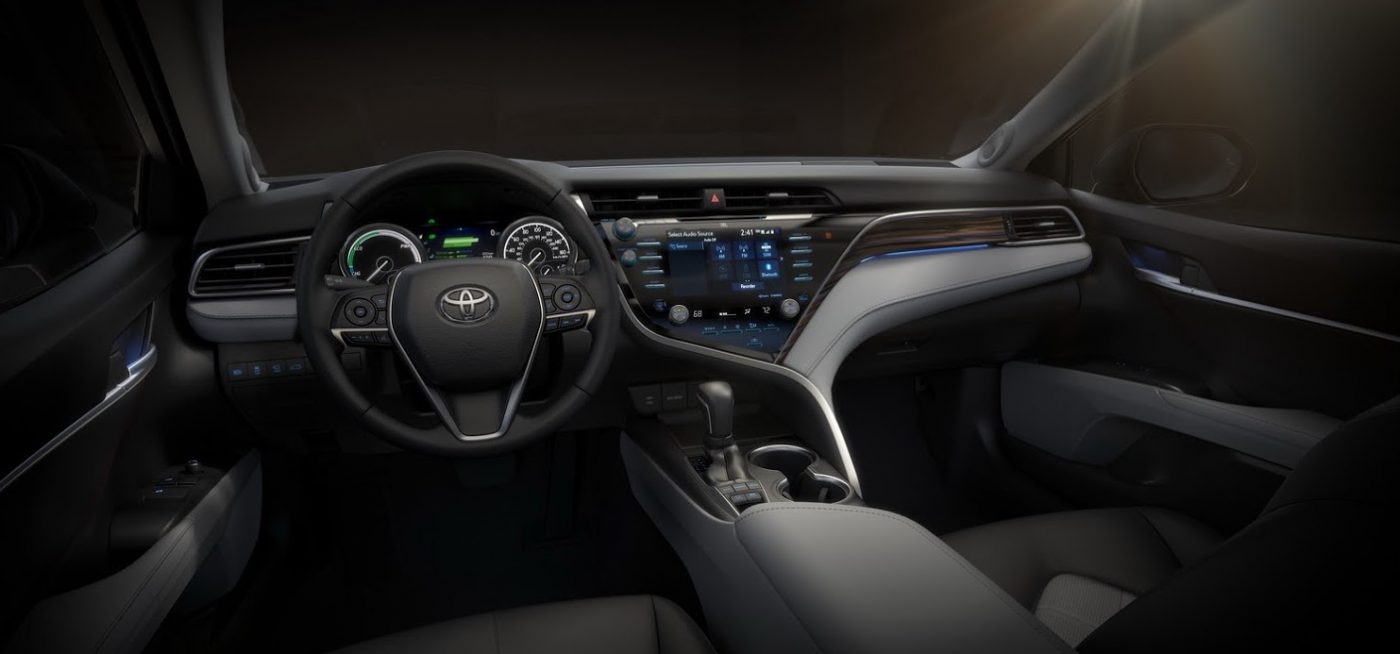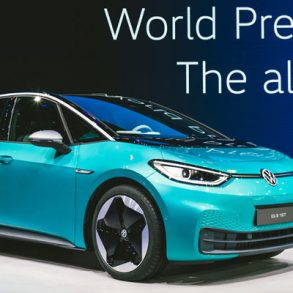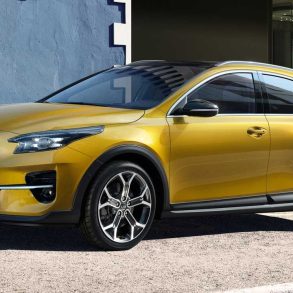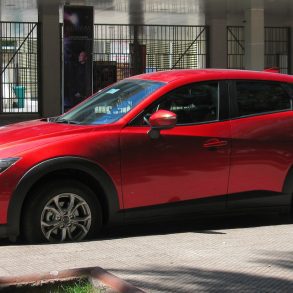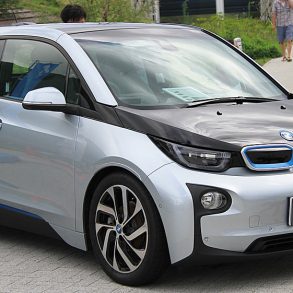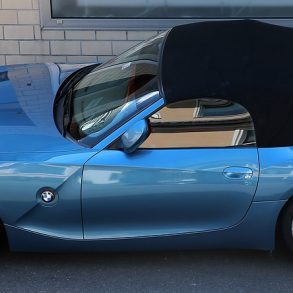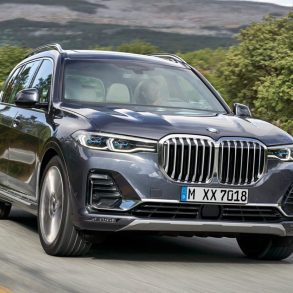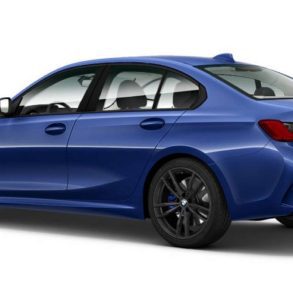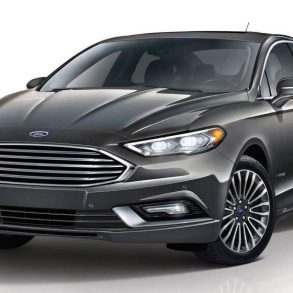Here’s our take on the hits and misses of the Detroit Auto Show, make sure to let us know what you thought in the poll and the comments section!
BMW 5-series
Bart: Hit
Packed with new technology and undoubtedly again being one of the best driving sedans in its class, the new 5-Series will (depending on your personal preferences) either come close to or beat the standard set by the new Mercedes-Benz E-Class. But where the E-Class was mostly criticised for looking too much like its larger and smaller siblings, the 5-Series looks too much like the previous model. Did I miss the news that BMW hired a former Volkswagen designer? However, this doesn’t mean I don’t like its looks. With the right (M-Sport?) bodykit and wheels and a color a bit more inspiring than the obbligato fifty shades of grey, blue or black, this can be a very desirable looking car that will remain the obvious choice for the decreasing number of luxury buyers who still prefer a sedan over an SUV.
Kriss: So-so
I agree with pretty much everything Bart said, and yet I still can’t rate the BMW a “Hit”. Why is that? Objectively, the car has everything going for it – technology, BMW’s legendary chassis tuning, straight-six engines, and a smart and light construction (recently read a comparison test with the E-class, and saw that the 4wd 530d xDrive is 100kg lighter than the 2wd E-class 350d). However, subjectively the car is lacking that certain “want it” factor – the one that made the E34 and E39 generations so achingly desirable, no matter what specification or color they were in. While the E-class boast a stunning interior, the BMW looks too much like its predecessor inside; to me this is especially disappointing given that BMW showed us with the i3 and i8 of creating genuinely stunning interiors. Call it a case of sky-high expectations, but the new 5-series is just not a “Hit” to me.
Chevy Traverse & GMC Terrain
Kriss: So-so
The first-generation Chevy Traverse and GMC Terrain were curious beasts, both essentially badge-engineered versions of their corporate cousins that came later, and ended up looking considerably worse than the originals (GMC Acadia and Chevy Equinox, respectively). This makes it all the more interesting that the second-generations models of the GM crossovers right the wrongs of their predecessors. For one, they’re not late: the sister car to the Terrain, the Equinox, made its debut no more than two months ago; the Traverse’s Acadia cousin came out this past summer, but is now in fact a considerably smaller car than the gigantic Traverse. Second, they’re both quite the lookers, albeit in different ways: the Traverse is a butch, long truck, while the Terrain is svelte, almost Volvo XC60-like. All this bodes well for their market chance, but there is still little reason to get truly excited about these cars – not any special technology, not any unique USP, nothing to truly lift them above the average.
Bart: Hit
I can see Kriss’ point with these cars. They appear part of a totally different General Motors than the one that launched the high-tech Chevrolet Bolt EV or the sexy upcoming new Buick Regal, but don’t forget these vehicles are among GM’s core volume models, raking in the cash the company can then invest in future technologies. And they really aren’t all that archaic: both have lost a significant amount of weight (around 700 and 400 pounds respectively), which will have a great improvement on fuel economy. The Traverse will in fact be longer than the full-sized Tahoe and will seat 7 or 8, but looks and feels like a more dynamic vehicle. In terms of design, both are a huge step forward from their predecessors.
GAC GS7
Bart: Hit
This is probably the most serious Chinese vehicle to set foot on US soil, as its size and design show GAC isn’t fooling around with its ambitions for exports to mature markets, most notably North America. The car is already on sale in China as the 7-seat GS8 (the GS7 is the 5-seat version of the same car), and although the front-end design reminds me of the Infiniti QX80 and Kriss of the GMC Yukon, the styling is original enough to silence critics of Chinese copycat design and modern enough to easily blend in with what’s currently rolling on North American roads. Geely may become the first Chinese brand to start US sales with its Lynk & Co brand, GAC shouldn’t be far behind, especially if it gets some help from its partner FCA, for whom it builds the Jeep models for its domestic market.
Kriss: Hit
This time I agree with Bart both on his points, as well as the rating. To me the GS7 is one of the stars of Detroit, mainly because it is one of the first Chinese cars to be targeted at Western markets that does not seem like it has to be graded on curve. It is, without a doubt, one of the better looking cars in its class, especially in the stunning, deep red as shown in Detroit, immediately better than many of its established Japanese, Korean and European competitors. If the engineering is as sound as the styling, than the GS7 should have no problem finding many customers if the carmaker brings the model to the US at the right price.
Kia Stinger GT
Kriss: Hit
To me the Stinger GT is the start of the Detroit Auto Show, no two ways about it. First, there is the styling – aggressive and (mostly) original, but at the same time 100% resolved in an era of overstyled cars that are clearly trying too hard to get noticed. Second, there is the chassis – this car could have easily been developed as “coupe” version of the Optima, sort of like a Passat CC, but instead Kia gave it a proper RWD chassis that its styling deserves. Finally, this model just reeks of confidence, both in its concept and execution, which should give it a real appeal to the buyer and cast a halo effect on the rest of the range.
Bart: Hit
In case you’re wondering what all those European designers have been doing after having been lured to South Korean manufacturer Hyundai-Kia like a bunch of star football players, the Stinger GT is the answer. If the Genesis New York concept stole the 2016 NY autoshow with its sexy and original lines, the Stinger hits a sweet spot in Detroit. And it’s not even a concept: this car will compete with the BMW 4-Series Gran Coupe, Audi A5 Sportsback and Alfa Romeo Giulia when it hits the market next year, offering sexy styling, rear wheel drive and an optional twin-turbo V6 engine to offset the lack of brand equity. So will the Stinger sell? That’s hard to say, but I think its true value lies in being a halo car for the brand. While its larger cars Optima, Sedona, Sportage and Sorento have already shed Kia’s econobox image, the Rio and most notably the Forte are still a little stuck in the brand’s past, reminding of how fast the Koreans have improved in recent years. Being able to compete with the best of the class from Germany, even if it’s just on paper, will reflect positively on all of its cars.
Lexus LS
Bart: Miss
Can someone please tell Lexus this huuuuuuuge chrome spindle grill may look impressive on a show car, but looks like an utter caricature on a road car? No wonder Lexus’ car sales have dropped by more than 20% last year (although admittedly the shift towards crossovers and SUVs is seen among all major luxury brands). The overall design is a bit unbalanced, with an expressive nose but uninspired lines on the side and rear. The rear looks a lot like the previous version, except for the lights which are stretched as Lexus’ new design language dictates. This won’t scare the S-Class or 7-Series much.
Kriss: Hit
This is one place where I don’t agree with Bart. To me, this car is the exact opposite of the new 5-series, in a good way. Where the German is evolutionary to the point to being hard to tell apart from the previous model, Lexus has tried hard to make sure that the new LS actually looks new. But it’s not just its audacity that I admire – I actually think that from the right angles it’s a genuinely good-looking car, maybe even stunning if you like the spindle grille (as I do). It’s a similar story with the interior, where Lexus is not afraid to tread its own path, even if I personally prefer its current generation of interiors with their deep, squared-off design. Add to that some proper engineering (a new twin-turbo V6, air suspension, 10-speed automatic transmission, the inevitable hybrid version) and to me the LS looks like more of a contender than any of its predecessors ever did.
Toyota Camry

Kriss: Hit
Ever since Toyota started going all-out after the Mid-sized consumers with the American-designed Camry models of the 1990s, the Japanese sedan gave precious little for the average consumer to get excited about. It was not a car designed for people to be proud of owning. The 2007 model gave us some home, with its Lexus-esque styling and interior quality, but that was soon extinguished with the dreadful 2011 model. Now, there is hope yet again. Sure, the Camry’s styling is more than a bit overdone (it’s as though no one remembered to tell the designers to stop styling the car ever after they were done), but the details can’t mess up a shape that is intrinsically well-balanced and pleasantly sporty. More, it at least gives you the sense that you’re looking at a car they tried to make attractive. But the real clincher will be the interior – of course its hard to judge before sitting in one, but the interior looks rather stunning for a mainstream sedan, more like a Tesla than the dour previous-generation Camry.
Bart: Miss
Of course Toyota isn’t going to risk alienating its conservative buyers of its bread-and-butter model, so I didn’t expect the Camry to be an exciting car but it still managed to underwhelm. Kriss already mentioned the 2007 model Camry, and I think the front of the new one looks way too much like that one, especially considering the two models are a decade apart. Just look at the shape of the headlights: almost exactly the same! And the bumpers are a bit overstyled, as Kriss also noted. The rear isn’t very original either, I confused it with the Nissan Sentra. The center console looks nice, but the rest of the interior is a bit too grey for me. But then again, who am I to pretend to know what a Camry buyer wants? I’m sure they’ll sell over 400,000 of them again in 2017, even though the RAV4 may outsell it.

